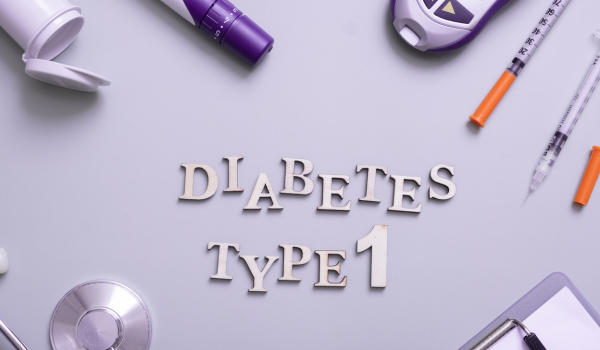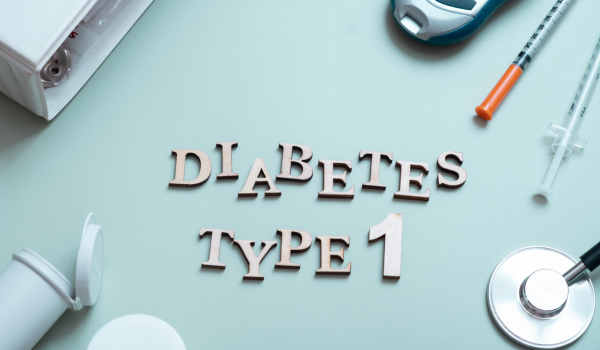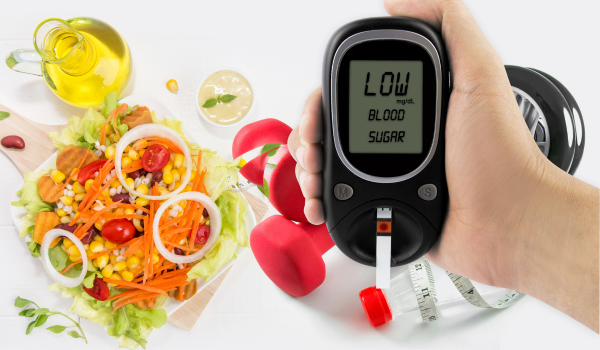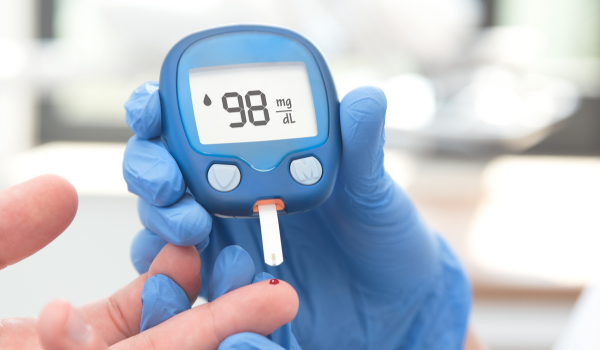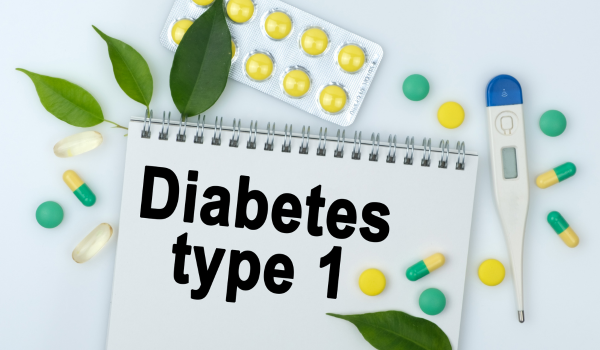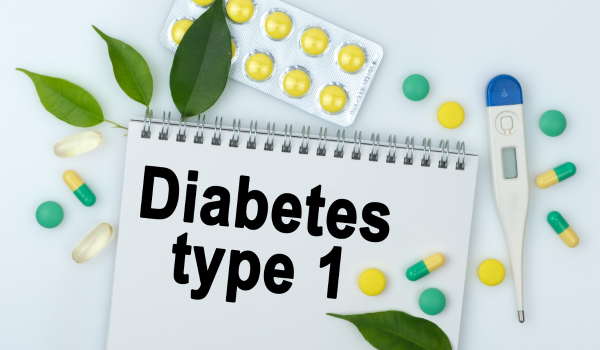
Understanding Autoimmunity
Type 1 diabetes is an autoimmune disease in which the body’s own defense system mistakenly targets and destroys the insulin-producing beta cells in the pancreas. Normally, the immune system is designed to protect us from harmful invaders such as bacteria, viruses, and toxins. It identifies what belongs to the body and what doesn’t, mounting attacks only against foreign threats.
In people with type 1 diabetes, this recognition system malfunctions. Immune cells, especially T lymphocytes, identify beta cells as if they were dangerous intruders. This leads to a gradual but irreversible loss of insulin production. Once a critical number of beta cells are destroyed, the body can no longer regulate blood sugar effectively.
Autoimmunity is not unique to diabetes. Conditions like multiple sclerosis, rheumatoid arthritis, and lupus share similar faulty immune responses. However, what makes type 1 diabetes distinct is its direct and life-altering impact on blood sugar control.
Genetic Susceptibility
Genetics play a significant role in determining who is at risk of developing type 1 diabetes. Certain genes, especially those within the human leukocyte antigen (HLA) complex, are strongly associated with immune function and autoimmunity.
For example, HLA-DR3 and HLA-DR4 are two genetic markers that substantially increase susceptibility. If a child inherits one or both of these markers, their risk is significantly higher compared to the general population.
Yet genetics alone do not guarantee the disease. Many individuals with these genes never develop type 1 diabetes, while others without them still may. This indicates that genetics provide a foundation of vulnerability, but environmental and immunological triggers ultimately determine disease onset.
Environmental Triggers
While genetics set the stage, environmental factors often act as the spark that ignites autoimmunity. Researchers have identified several possible triggers:
-
Viral infections: Enteroviruses, Coxsackie B virus, and rubella have been implicated in triggering the immune system to attack pancreatic cells.
-
Dietary factors: Early introduction of cow’s milk proteins or gluten has been studied as potential risk enhancers.
-
Toxins and pollutants: Certain chemicals in the environment may overstimulate immune responses in genetically predisposed individuals.
These triggers do not cause type 1 diabetes in isolation. Instead, they interact with a person’s immune predisposition, pushing the system toward self-destruction.
Molecular Mimicry
One fascinating theory explaining why the immune system attacks beta cells is called molecular mimicry. This occurs when a foreign substance—such as a virus or bacteria—shares structural similarities with proteins found in the pancreas.
When the immune system generates antibodies to fight the invader, those antibodies also mistakenly target the body’s own cells. Over time, repeated immune attacks gradually eliminate insulin-producing beta cells.
This mechanism helps explain why many cases of type 1 diabetes appear after viral infections, particularly in children and adolescents.
The Role of T Cells
T cells are central to the autoimmune response in type 1 diabetes. Specifically, cytotoxic T cells infiltrate the pancreas and directly destroy beta cells. Helper T cells, meanwhile, stimulate other immune components, amplifying the attack.
In healthy individuals, regulatory T cells act as a safeguard, ensuring the immune system does not harm its own tissues. In type 1 diabetes, this regulation appears defective, allowing destructive T cells to persist unchecked.
Understanding the behavior of T cells has opened new avenues for treatment, such as immunotherapy designed to retrain or suppress these misguided immune responses.
The Loss of Beta Cells
The destruction of pancreatic beta cells is progressive. At first, the body compensates by pushing surviving cells to produce more insulin. This “honeymoon phase” may temporarily mask symptoms even after autoimmunity begins.
However, as the majority of beta cells are eliminated, insulin production becomes insufficient. Blood sugar levels rise, leading to the classic symptoms of type 1 diabetes: excessive thirst, frequent urination, unexplained weight loss, and fatigue.
By the time symptoms appear, most people have already lost 70–90% of their beta cells. This late diagnosis is why preventive strategies focus on early detection of autoantibodies before symptoms manifest.
Family History and Risk
Having a family member with type 1 diabetes significantly increases one’s risk, although the disease does not follow a simple inheritance pattern.
-
If a parent has type 1 diabetes, the child’s risk is around 3–8%.
-
If a sibling has it, the risk rises to about 6%.
-
In identical twins, if one twin develops the condition, the other has about a 50% chance.
These statistics highlight that while family history is important, other non-genetic factors still determine disease onset. Unlike type 2 diabetes, which often runs strongly in families due to both lifestyle and genetics, type 1 diabetes reflects a more complex interplay between heredity and environment.
Autoantibodies as Warning Signs
Before type 1 diabetes is diagnosed, the body often produces autoantibodies—immune proteins that target the pancreas. Common autoantibodies include those against insulin, glutamic acid decarboxylase (GAD), and IA-2 (insulinoma-associated antigen).
The presence of these autoantibodies in the blood is one of the most reliable predictors of future disease. Children who test positive for multiple autoantibodies face a near-certain risk of eventually developing type 1 diabetes.
Screening programs are increasingly using autoantibody testing to identify high-risk individuals before symptoms arise, creating opportunities for early intervention.
The Hygiene Hypothesis
Another intriguing theory is the hygiene hypothesis. This proposes that reduced exposure to microbes in early childhood may increase the risk of autoimmune diseases.
In highly industrialized societies, children grow up in cleaner environments with fewer infections. While this reduces infectious diseases, it may also deprive the immune system of the “training” it needs to distinguish self from non-self.
Without this early immune education, the system may become overly reactive, attacking the body’s own tissues—including the pancreas.
Stress and Immune Imbalance
Although stress does not directly cause type 1 diabetes, it can worsen immune dysfunction. Physical stressors, such as illness or injury, can trigger immune system changes that accelerate beta-cell destruction.
Psychological stress may also play a role by elevating cortisol and other hormones that disrupt immune regulation. While stress alone is not sufficient to cause the disease, it may contribute to its timing or severity in genetically predisposed individuals.
Geographic Patterns
Type 1 diabetes is not evenly distributed worldwide. Some countries, such as Finland and Sweden, report the highest incidence rates. In contrast, countries in Asia and South America generally report lower rates.
Geographic differences suggest that local environmental factors—diet, climate, infections, and lifestyle—interact with genetics to influence disease development. Migration studies support this: when families move from a low-incidence country to a high-incidence one, their children often adopt the higher risk of the new environment.
Ongoing Research
Despite decades of study, the precise cause of type 1 diabetes remains elusive. Scientists continue to explore:
-
How early infections prime the immune system.
-
Why only certain individuals progress from autoantibody positivity to full disease.
-
Whether vaccines, probiotics, or dietary interventions could reduce risk.
Clinical trials are also testing immunotherapies, such as monoclonal antibodies and peptide vaccines, aiming to preserve remaining beta cells or prevent autoimmunity altogether.
The hope is that one day, type 1 diabetes can be prevented or even reversed by halting the immune attack before it destroys the pancreas.
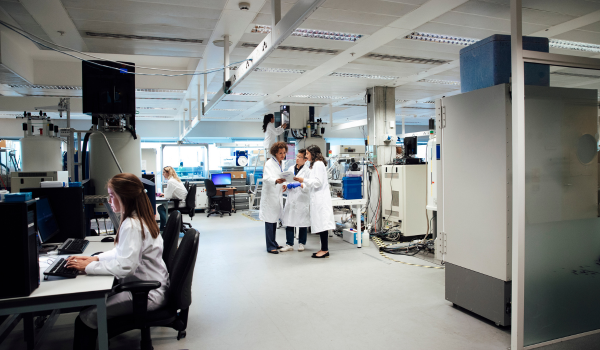








.png)

